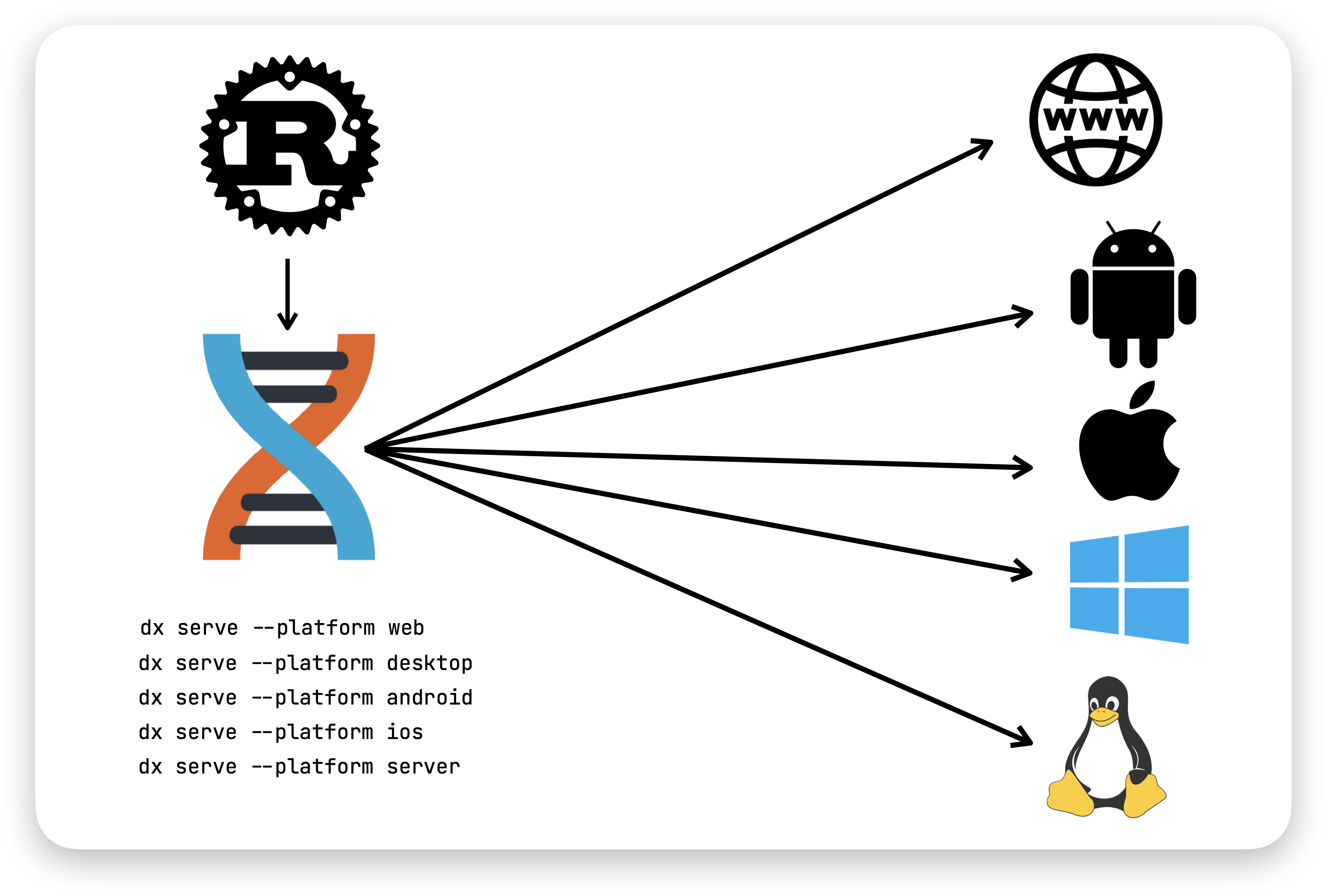Rust 性能剖析利器:Profiling 库从小白入门到实战精通
-
 houseme
houseme - 31 Jul, 2025
引言:性能优化的隐形守护者
在现代软件开发中,性能优化如同隐形的守护者,悄然决定着应用的生死存亡。Rust 语言以其安全、高效的特性脱颖而出,但即使是 Rust 代码,也难免遭遇瓶颈:循环冗长、内存泄漏或线程争用。这些问题若不及时剖析,应用便如一辆高速列车在弯道失控。传统的性能分析工具繁杂多样,每种工具(如 puffin、optick、tracy)都有独特的 API,切换起来费时费力。
正是为了解决这一痛点,profiling库应运而生。它提供了一个极薄的抽象层,统一封装了多个 instrumented profiling crates,让开发者无需重复编写代码,就能轻松切换后端。这不仅仅是工具的整合,更是 Rust 生态的优雅补充。无论你是初入 Rust 的小白,还是追求极致优化的老鸟,这个库都能让你事半功倍。本文将由浅入深,带你从理论基础起步,到实战代码落地,逐步掌握profiling的使用之道。准备好你的 Cargo.toml,我们一起开启性能剖析之旅!
第一章:理论基础——什么是性能剖析?
1.1 性能剖析的核心概念
性能剖析(Profiling)是软件开发中用于识别代码瓶颈的过程。它通过收集运行时数据(如执行时间、调用频率、内存使用),帮助开发者优化代码。剖析方法主要分为两种:
- 采样剖析(Sampling Profiling):定期中断程序,采样调用栈。优点:开销低;缺点:可能遗漏短暂事件。
- 插桩剖析(Instrumented Profiling):在代码中手动插入测量点(如开始/结束标记)。优点:精确捕捉特定事件;缺点:需修改代码,可能引入轻微开销。
profiling库专注于插桩剖析,提供薄抽象,让你无需深究每个后端的 API,就能插入“探针”。
1.2 支持的后端简介
profiling支持多个后端,通过 Cargo feature flags 启用(一次只启用一个,以避免冲突)。每个后端有独特优势:
- Puffin:跨平台,支持帧级剖析。需调用
finish_frame!()标记帧结束。可视化工具包括 puffin_viewer 或 puffin_egui。适合游戏/实时应用。 - Optick:Windows 专属 UI,但核心库跨平台。提供详细的线程/调用栈视图。适合 Windows 开发者。
- Tracy:高性能、跨平台,支持实时捕获。UI 强大,适合复杂多线程场景。
- Superluminal-Perf:专注于 Windows 性能分析,集成简单,UI 直观。
- Tracing:Rust 原生,灵活性高。通过 span 宏记录事件,支持自定义订阅者。但开销可能稍高。
这些后端的核心是“作用域”(Scope):一个代码块的开始与结束,记录执行时间。profiling统一了 API,让切换后端只需改 feature。
1.3 为什么选择 Profiling 库?
- 轻量:无 feature 时,无运行时代码或依赖。
- 灵活:宏支持函数级、作用域级剖析。
- 兼容:适用于二进制和库项目。
第二章:安装与环境准备——小白上手第一步
2.1 prerequisites
- Rust 版本:至少 1.0(MSRV 保守,与 Firefox nightly 兼容)。
- Cargo:Rust 的标准包管理器。
2.2 添加依赖
在你的Cargo.toml中添加:
[dependencies]
profiling = "1.0.15" # 检查 crates.io 获取最新版本
[features]
# 选择一个后端启用,例如 puffin
profile-with-puffin = ["profiling/profile-with-puffin"]
# 其他选项:profile-with-optick, profile-with-superluminal, profile-with-tracing, profile-with-tracy运行cargo build --features profile-with-puffin启用。
如果你的项目是库,可在下游 crate 中定义 feature:
[features]
profile-with-puffin = ["profiling/profile-with-puffin"]2.3 安装后端工具
- Puffin:安装 puffin_viewer(cargo install puffin_viewer)。
- Optick:下载 Windows 二进制 UI。
- Tracy:构建 Tracy 捕获工具。
- 其他类似,参考各自 GitHub。
第三章:基本使用——从宏开始的剖析之旅
3.1 核心宏介绍
profiling提供简单宏:
#[profiling::function]:自动剖析整个函数。profiling::scope!("名称"):手动创建作用域。profiling::finish_frame!():标记帧结束(puffin 等需要)。profiling::register_thread!():注册线程(多线程必需)。#[profiling::all_functions]:剖析模块所有函数。#[profiling::skip]:跳过剖析。
这些宏在无 feature 时为空,确保 release 构建零开销。
3.2 第一个例子:简单函数剖析
创建一个新项目:cargo new profiling-demo --bin。
在src/main.rs中:
use profiling::register_thread;
use std::{thread, time::Duration};
#[profiling::function]
fn burn_time(ms: u64) {
thread::sleep(Duration::from_millis(ms));
}
fn main() {
register_thread!("Main Thread");
burn_time(100);
for i in 0..5 {
profiling::scope!("Looped Operation", "Iteration: {}", i);
burn_time(50);
}
profiling::finish_frame!(); // 如果使用 puffin 等帧级后端
}运行:cargo run --features profile-with-puffin。
用 puffin_viewer 连接(默认端口 3000),查看作用域时间线。
理论解释:scope!创建嵌套作用域,记录“Looped Operation”的执行时间。function宏自动包裹函数体。
第四章:实战进阶——多线程与复杂场景
4.1 多线程剖析
在多线程中,必须注册每个线程:
use profiling::{register_thread, scope};
use std::thread;
fn worker(id: u32) {
register_thread!("Worker {}", id);
scope!("Worker Task");
// 任务代码
}
fn main() {
let handles: Vec<_> = (0..4).map(|id| thread::spawn(move || worker(id))).collect();
for handle in handles {
handle.join().unwrap();
}
profiling::finish_frame!();
}运行后,在 UI 中查看各线程时间线。理论:未注册线程的事件可能丢失,注册确保完整捕获。
4.2 带数据的自定义作用域
作用域支持额外数据:
profiling::scope!("Compute", "Input size: {}", data.len());在 UI 中显示为标签,帮助调试。
4.3 模块级剖析
在模块上添加#[profiling::all_functions]:
#[profiling::all_functions]
mod utils {
fn func1() { /* ... */ }
#[profiling::skip] // 跳过这个函数
fn sensitive() { /* ... */ }
}所有函数自动剖析,除非 skip。适合库项目。
4.4 切换后端实战
修改 feature 为profile-with-optick,运行相同代码。启动 Optick UI 捕获数据。观察差异:Optick 更注重 Windows 线程视图。
潜在问题:跨平台兼容性(Optick UI 仅 Windows)。
第五章:优化与最佳实践
- 开销控制:仅在 debug 中使用,release 禁用 feature。
- 可视化:每个后端有专用 UI,学会使用(如 Tracy 的实时图表)。
- 结合其他工具:与 Rust 的 bench 或 flamegraph 结合。
- 常见坑:忘记
finish_frame!导致 puffin 数据丢失;多后端冲突需独占 feature。
通过这些实践,你的代码将如丝般顺滑。
参考资料
- 官方仓库:https://github.com/aclysma/profiling - 核心文档、示例代码。
- Crates.io 页面:https://crates.io/crates/profiling - 下载与版本信息。
- 支持后端:
- Puffin:https://github.com/EmbarkStudios/puffin - 跨平台帧剖析。
- Optick:https://github.com/bombomby/optick - Windows 高性能工具。
- Tracy:https://github.com/wolfpld/tracy - 实时捕获框架。
- Superluminal-Perf:https://superluminal.eu/ - Windows 性能分析器。
- Tracing:https://crates.io/crates/tracing - Rust 日志与追踪。
- Rust 性能优化书籍:推荐《Rust 性能手册》(非官方,搜索 Rust profiling tutorials)。
- 社区资源:Reddit r/rust讨论,Stack Overflow 标签[rust-profiling]。
- 许可证:Apache-2.0 或 MIT,双重许可。
版权声明:自由转载-非商用-非衍生-保持署名(创意共享3.0许可证)






